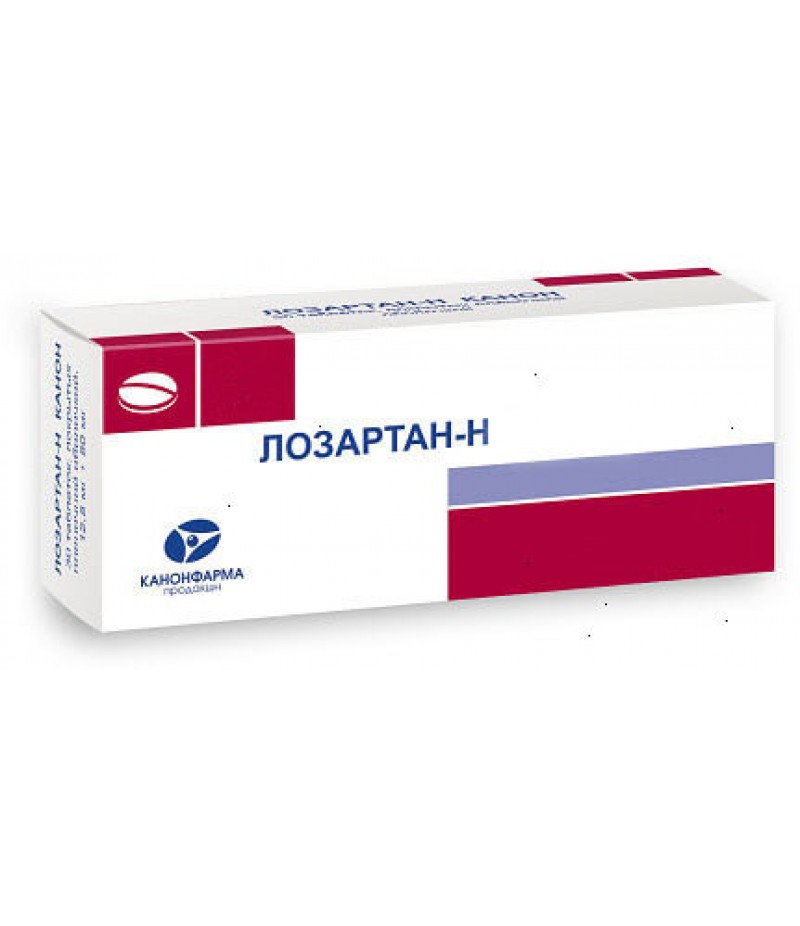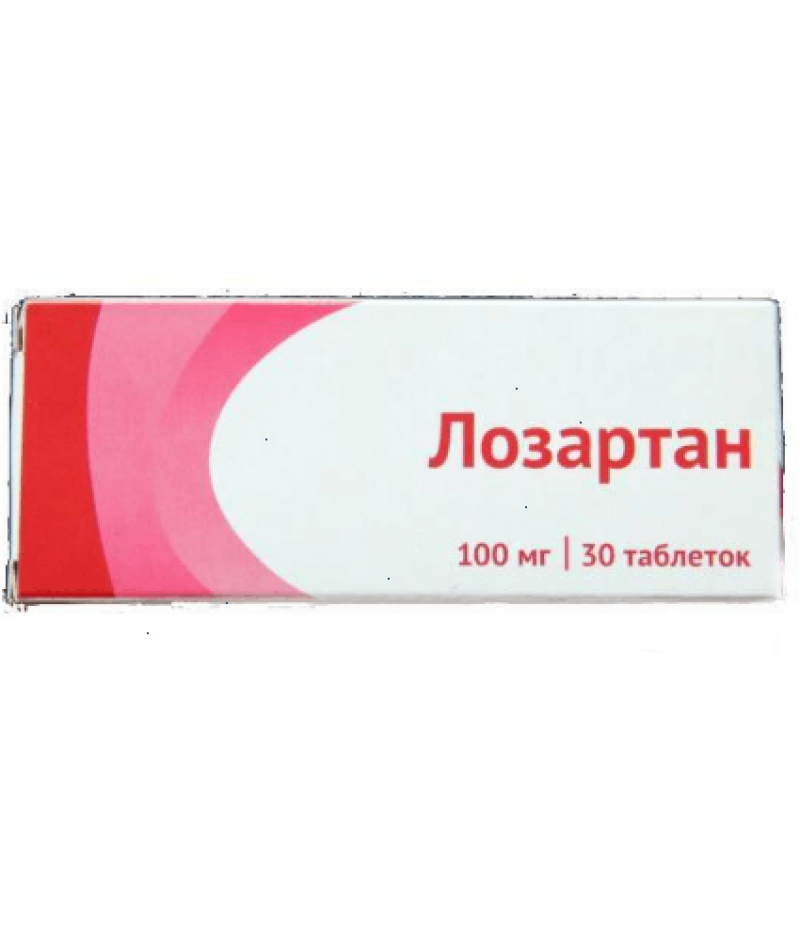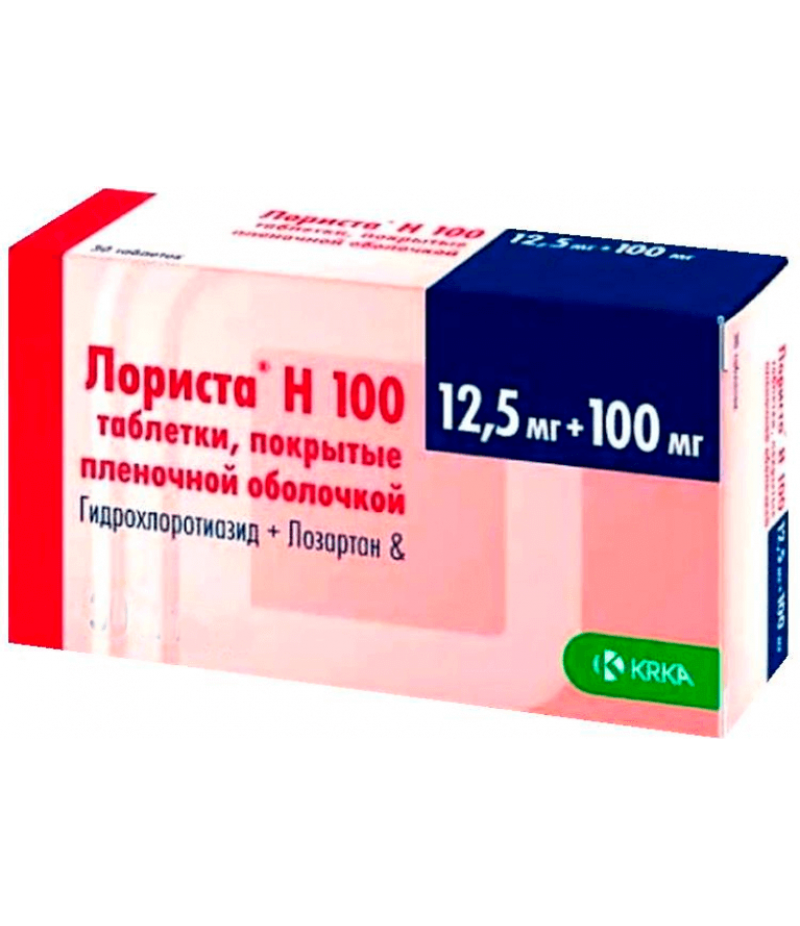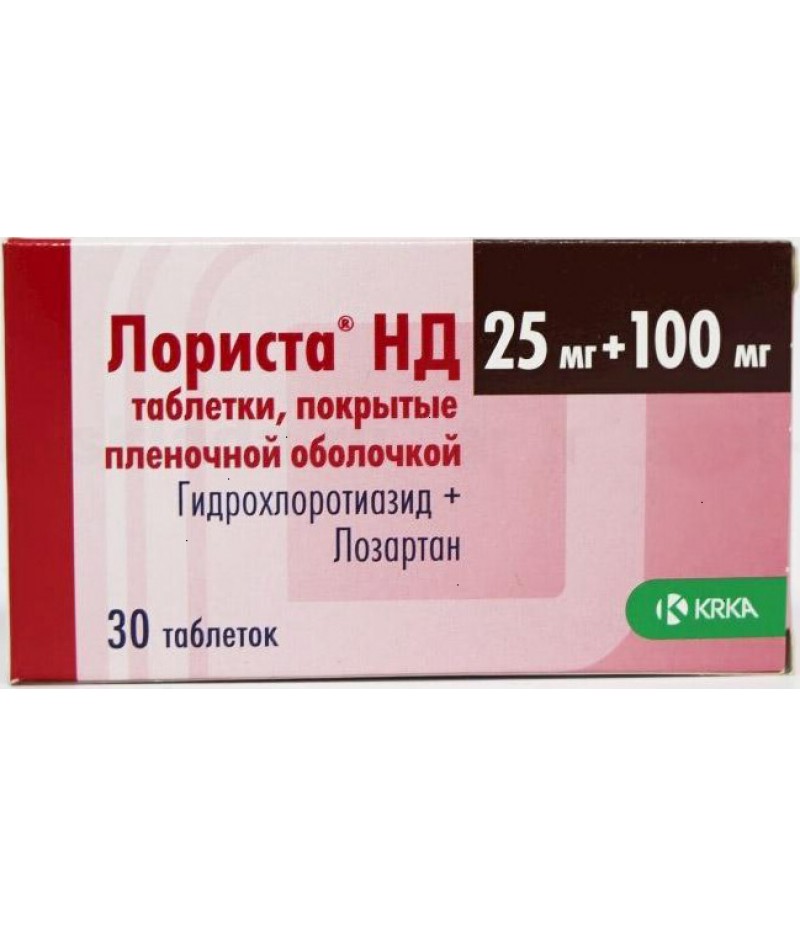Losartan-H tabs 100mg + 25mg #30
- $12.86
- 3 or more $12.75
- Availability:In Stock
Losartan-H instruction for useReed more and buy Losartan-H hereIndications for use- arterial hypertension (to patients who are shown combination therapy);- reducing the risk of cardiovascular diseases and mortality in patients wit..
Tags: tabs
Losartan-H instruction for use
Reed more and buy Losartan-H here
Indications for use
- arterial hypertension (to patients who are shown combination therapy);
- reducing the risk of cardiovascular diseases and mortality in patients with arterial hypertension and left ventricular hypertrophy.
Active ingredient, group
Losartan + Hydrochlorothiazide (Losartan + Hydrochlorothiazide), an antihypertensive combination agent (angiotensin II receptor blocker + diuretic)
Contraindications
- arterial hypotension;
- anuria;
- severe renal dysfunction (CC less than 30 ml / min);
- hyperkalemia;
- refractory hypokalemia;
- dehydration (including on the background of the use of diuretics in high doses);
- severe violations of the liver (more than 9 points on the Child-Pugh scale);
- Addison's disease;
- simultaneous use with aliskiren in patients with diabetes mellitus and patients with renal insufficiency (QA less than 60 ml / min);
- pregnancy;
- breastfeeding period;
- age up to 18 years (efficacy and safety have not been established);
- hypersensitivity to the components of Losartan-H and to other sulfonamide derivatives.
How to apply: dosage and treatment
The drug is taken orally, regardless of the meal. Tablets are swallowed, without chewing, with water.
The drug can be combined with other antihypertensive drugs.
Arterial hypertension
The initial and maintenance dose of Losartan-H is 1 tab. (12.5 / 50 mg) 1 time / day. In the absence of an adequate therapeutic effect, the dose of Losartan-H is increased to 25/100 mg. The maximum antihypertensive effect is achieved within 3 weeks of therapy. The maximum daily dose - 1 tab. (25/100 mg).
pharmachologic effect
Losartan-H - a combined drug, has an antihypertensive effect.
Losartan is a highly effective ingestion selective angiotensin II receptor antagonist (type AT1). Angiotensin II is a powerful vasoconstrictor, the main active hormone RAAS, as well as the crucial pathophysiological link in the development of arterial hypertension. Angiotensin II binds selectively to AT1 receptors found in many tissues (in vascular smooth muscle cells, adrenal glands, kidneys, and heart) and performs several important biological functions, including vasoconstrictor function and aldosterone release. In addition, angiotensin II stimulates the growth of smooth muscle cells.
After a single dose of antihypertensive effect (decreases systolic and diastolic blood pressure) reaches a maximum after 6 hours, then gradually decreases within 24 hours. In the course of treatment, antihypertensive activity and a decrease in plasma aldosterone concentration were manifested after 2 and 6 weeks of therapy, which indicates an effective blockade of angiotensin II receptors. However, after the abolition of losartan, plasma plasma renin activity and the level of angiotensin II after 3 days decreased to baseline values observed before the start of Losartan-H.
Hydrochlorothiazide is a thiazide diuretic, the diuretic effect of which is associated with impaired reabsorption of sodium, chlorine, potassium, magnesium, and water in the distal nephron; delays the excretion of calcium ions, uric acid. It has an antihypertensive effect that develops due to the expansion of arterioles. Virtually no effect on normal blood pressure.
The diuretic effect occurs after 1-2 hours, reaches a maximum after 4 hours and lasts 6-12 hours. The antihypertensive effect occurs after 3-4 days, but it may take 3-4 weeks to achieve the optimal therapeutic effect.
Side effects
Losartan in the composition of Losartan-H
From the hemopoietic system: infrequently - thrombocytopenia, anemia.
Allergic reactions: infrequently - itching, rash, urticaria, vasculitis, including Shenlein-Henoch purpura; rarely - anaphylactic reactions, angioedema, including laryngeal and vocal cords swelling with the development of airway obstruction and / or swelling of the face, lips, pharynx and / or tongue. Some of these patients had previously had angioedema when using other drugs, including ACE inhibitors.
On the part of the nervous system: often - sleep disturbance, insomnia, headache, dizziness; infrequently - anxiety, drowsiness, memory disorders, peripheral neuropathy, paresthesia, hypoesthesia, tremor, migraine, ataxia, depression, panic conditions, anxiety, loss of consciousness, acute cerebrovascular accident.
Hydrochlorothiazide as part of Losartan-H
From the hematopoietic system: infrequently - thrombocytopenia, aplastic anemia, hemolytic anemia, leukopenia, agranulocytosis.
Allergic reactions: infrequently - itching, rash, urticaria; rarely - anaphylactic reactions.
On the part of the nervous system: often - headache, dizziness; infrequently - sleep disturbance, paresthesia, depression.
On the part of the organ of vision: infrequently - violation of visual acuity, conjunctivitis, xantopsia.
Since the cardiovascular system: infrequently - pain behind the sternum, bradycardia, AV-blockade II degree, angina, orthostatic hypotension, vasculitis.
On the part of the respiratory system: Infrequently - respiratory distress syndrome (including pneumonitis and pulmonary edema).
special instructions
Losartan in the composition of Losartan-H
In patients with reduced BCC (for example, receiving diuretics in high doses), symptomatic arterial hypotension may occur, so before starting treatment it is necessary to replenish BCC or start treatment with Lozartan-H in a lower dose.
During the period of treatment should regularly monitor the content of potassium in the blood plasma and CC, especially in elderly patients and patients with impaired renal function. Drugs that affect RAAS may increase serum urea and creatinine concentrations in patients with bilateral renal stenosis or stenosis of a single kidney artery.
Hydrochlorothiazide as part of Losartan-H
Hydrochlorothiazide can increase arterial hypotension and water-electrolyte imbalance (reduced BCC, hyponatremia, hypochloraemic alkalosis, hypomagnesemia, hypokalemia), impaired glucose tolerance, reduce urinary calcium excretion and cause transient, insignificant excess of calcium in the blood plasma Severe hypercalcemia may indicate latent hyperparathyroidism. Due to the effect of thiazides on calcium metabolism, their use may distort the results of the study of the function of the parathyroid glands, therefore, before the study of the functions of the parathyroid glands, the thiazide diuretic should be canceled.
Interaction
Losartan in the composition of Losartan-H
Can be used simultaneously with other antihypertensive drugs.
No clinically significant drug interaction of losartan with hydrochlorothiazide, digoxin, warfarin, cimetidine, phenobarbital, ketoconazole and erythromycin was noted.
Rifampicin and fluconazole are reported to reduce the concentration of the active metabolite in the blood plasma. The clinical significance of this interaction is not yet known.
As with the use of other agents that block the formation of angiotensin II and its effects, the concomitant prescription of potassium-saving diuretics (spironolactone and eplerenone, triamterene, amiloride), potassium supplements and salts containing potassium can lead to an increase in the content of potassium ions in the blood serum.
Hydrochlorothiazide as part of Losartan-H
When used simultaneously with thiazide diuretics, drugs such as ethanol, barbiturates, and narcotics can potentiate the risk of orthostatic hypotension.
With simultaneous use of hydrochlorothiazide with hypoglycemic agents (for oral administration and insulin) may require dose adjustment of the latter. Metformin should be used with caution because of the risk of lactic acidosis due to possible renal failure associated with taking hydrochlorothiazide.
When used with other antihypertensive drugs, an additive effect is possible.
Terms of sell
You don't need a prescription to buy Losartan-H




